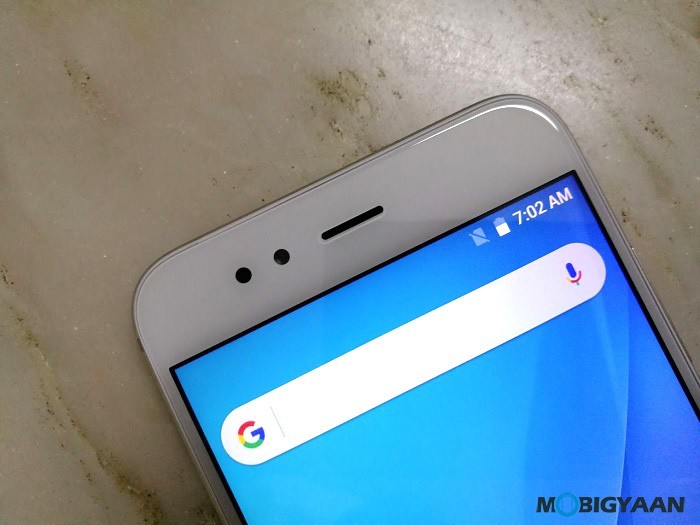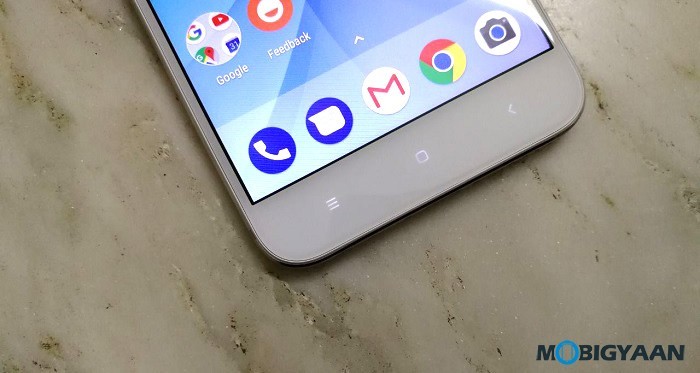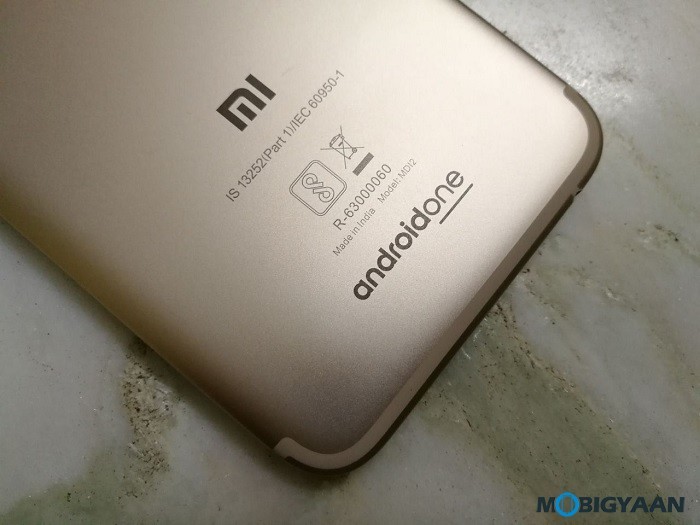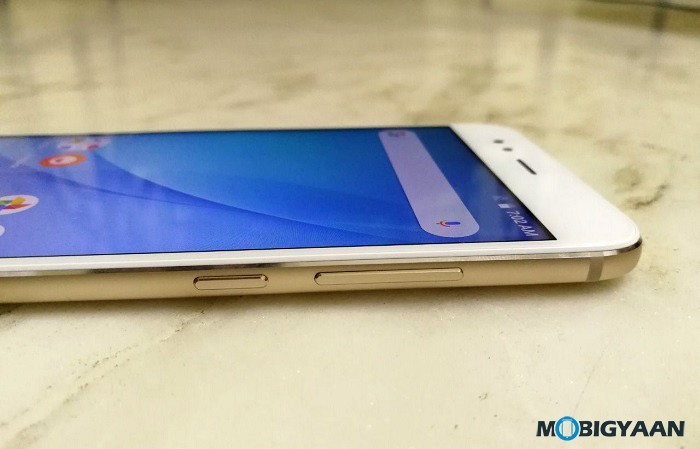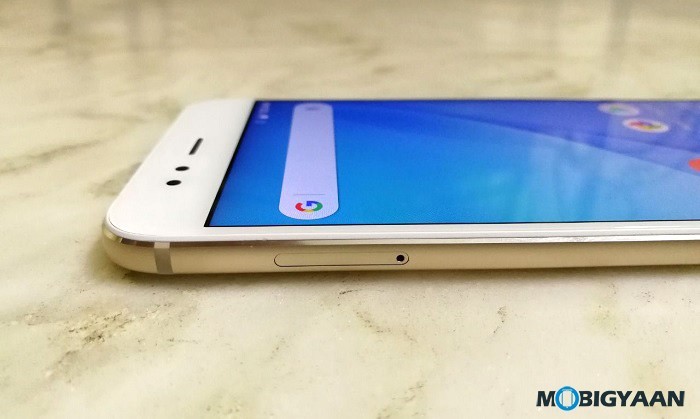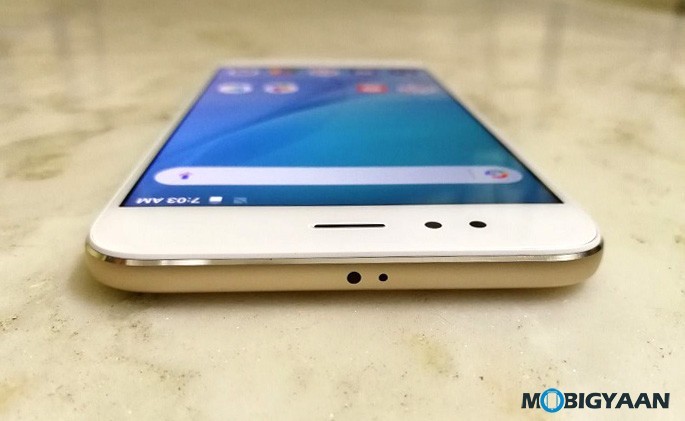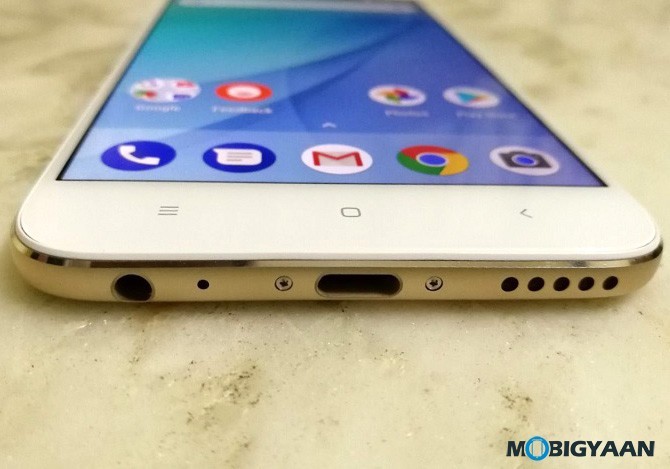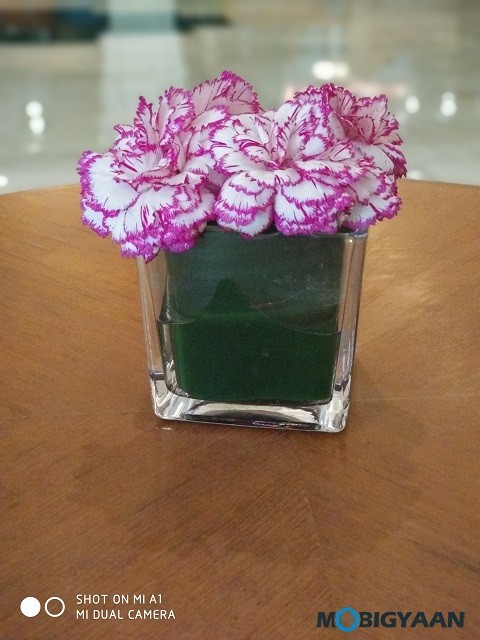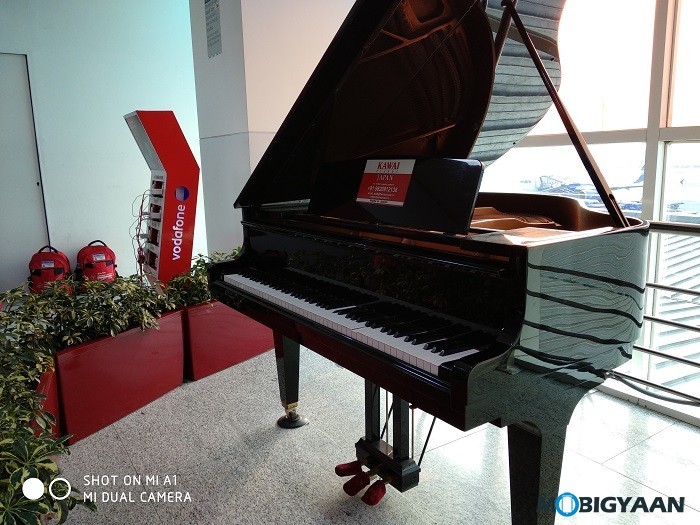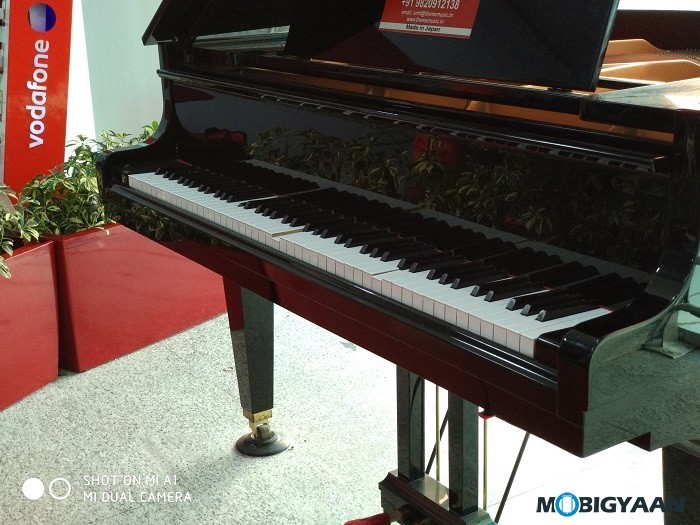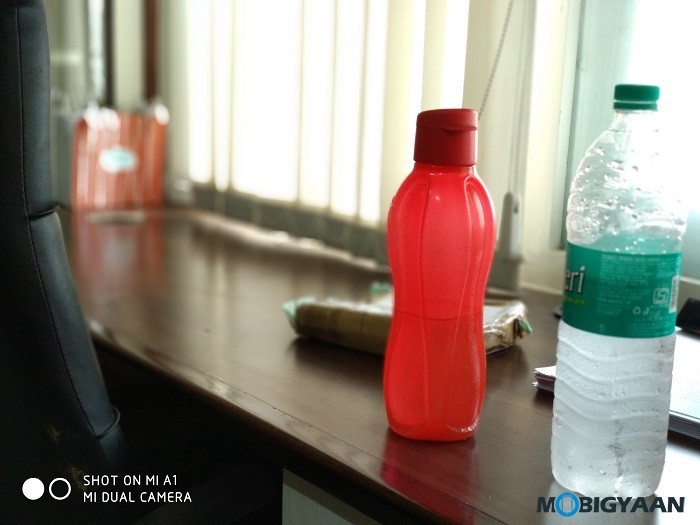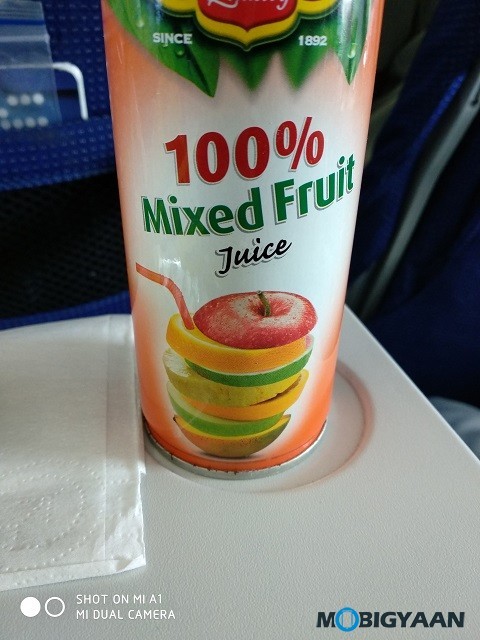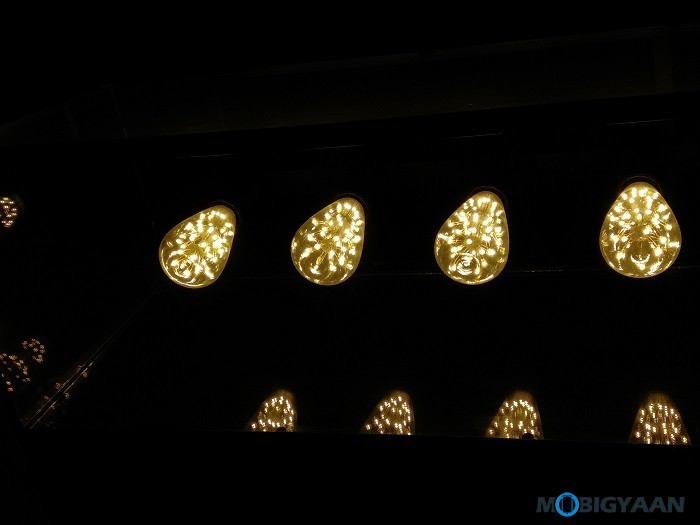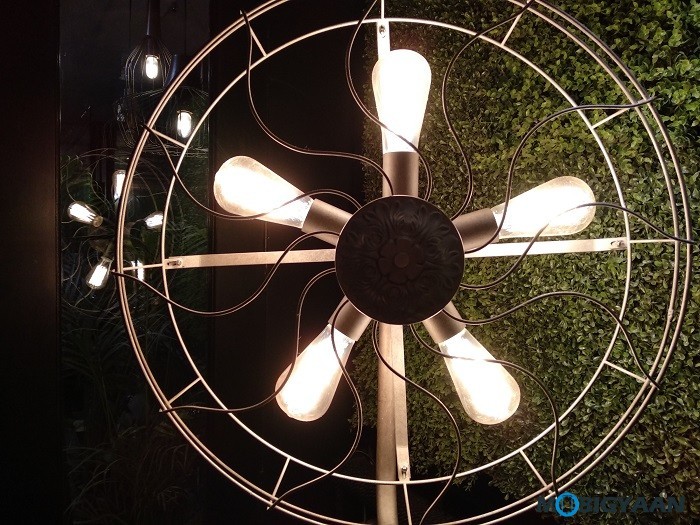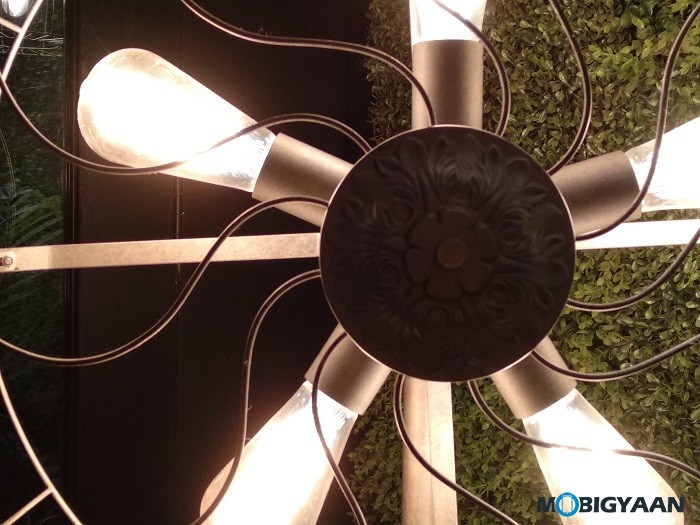The concept of Android One didn’t receive much success in the past years when it started in 2014. The entry-level smartphones from Indian manufacturers with clean software wasn’t a good idea since they aren’t able to catch up with the mediocre hardware and overall quality. Things have changed, it’s not about the budget devices after all, rather a middle-class all-rounder smartphone tagged as an Android One device. Xiaomi Mi A1 is a midrange Android One device with dual cameras on the back and guarantees future Android updates.
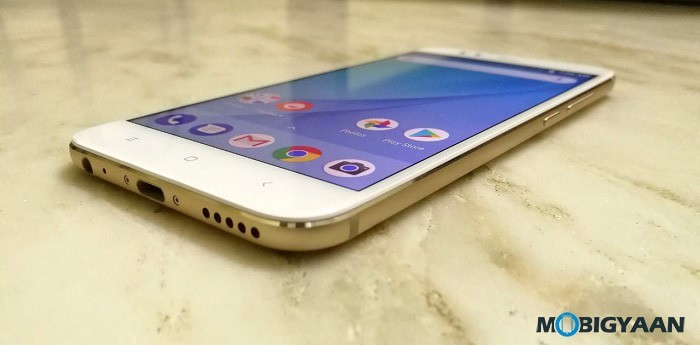
What’s in the Box?
- Xiaomi Mi A1 with built-in battery
- USB Cable (Type-C)
- Charger (5V, 2A)
- SIM Tray Ejector
- User Manuals & Warranty Information
Xiaomi Mi A1 Specifications
- Display: 5.5-inch Full-HD (1920 x 1080 pixels) IPS LCD display with 2.5D curved glass with Gorilla Glass protection
- Operating System: Android 7.1.2 Nougat (to be upgraded to Android 8.0 Oreo by the end of 2017)
- Fingerprint Scanner: Yes, at the back
- CPU: Up to 2.0 GHz octa-core Cortex-A53 processor, 14nm Snapdragon 625 SoC
- GPU: Adreno 506
- Memory: 4 GB LPDDR3 RAM
- Storage: 64 GB internal, expandable up to 128 GB via microSD card
- Rear Camera: Dual cameras, 12 MP (wide-angle lens with f/2.2 aperture) + 12 MP (telephoto lens with f/2.6 aperture) with PDAF, Portrait Mode, 2x optical zoom, 10x digital zoom and dual-tone LED flash
- Front Camera: 5 MP
- Cellular: 4G LTE support, VoLTE calling, Dual SIM (GSM), 2x nano SIMs, microSD on SIM2
- Connectivity: 4G VoLTE, GPS, Bluetooth 4.2, Wi-Fi 802.11 a/b/g/n/ac, FM Radio, USB Type-C, 3.5 mm headphone jack
- Other: IR Blaster, DHS Audio Calibration Algorithm, Standalone Audio Amplifier, Unlimited high-quality photo backup on Google Photos
- Colors: Black, Gold, Rose Gold
- Battery: 3,080 mAh (with custom 380V charger)
- Price: ₹14,999
- Availability: September 12 on online stores (Flipkart, Mi.com, and Mi Home stores) and offline stores (Sangeetha, Poorvika, Big C, LOT, Croma, Vijay Sales and more)
- Offers: Additional 200 GB 4G data to Airtel users
Design, Build & Ergonomics
In terms of appearance, the design is slight reminiscent of the phablet Xiaomi Mi Max 2, the built is all-metal, sleek, slim, stylish body, light in weight, matte back not prone to fingerprints, curved corners and edges, everything about the design is simply awesome. The screen sized at 5.5-inch uses a 2.5D Corning Gorilla Glass 4 with oleophobic coating.
For the front area, the phone has external touch keys that light-up on action, much useful in the night and low light conditions. The back side comes with a fingerprint scanner that works decent. It supports gestures like opening the notification panel by swiping the finger on the scanner.
The main highlight of the phone is the dual camera. The dual cameras each of 12 MP when combined captures bookeh effect photos. The rear camera offers 2X optical zoom, dual-tone LED flash and no OIS support. On the front side, the selfies are taken care by a 5 MP camera that supports Beautify mode.
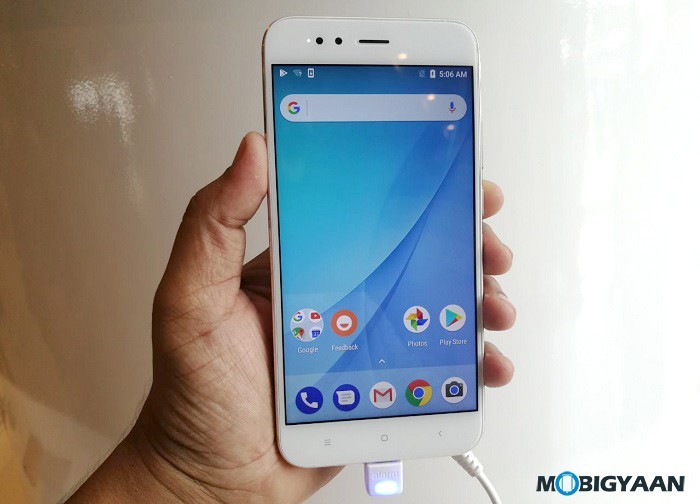
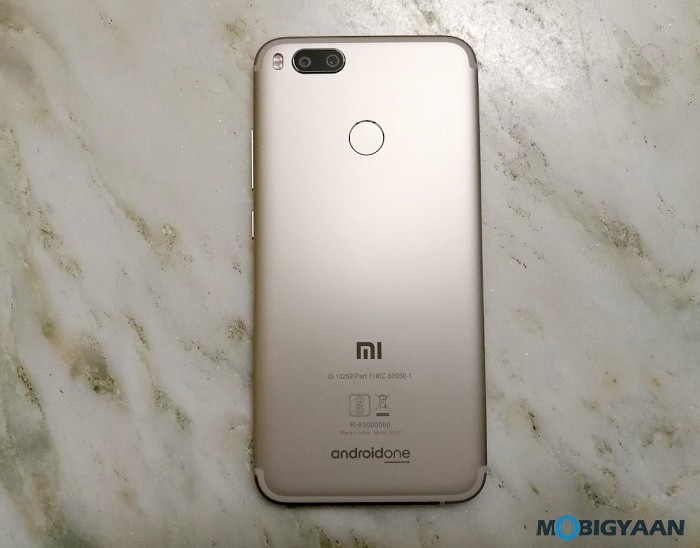
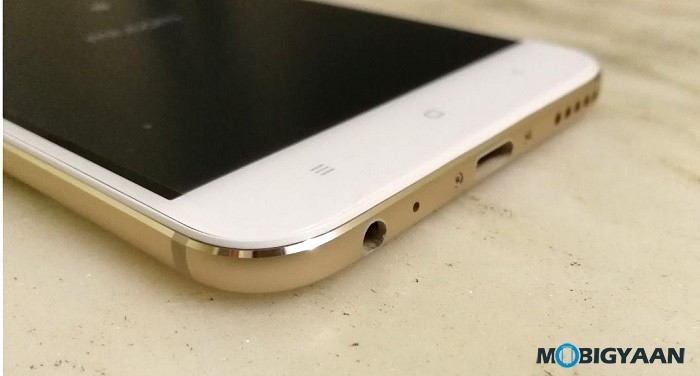
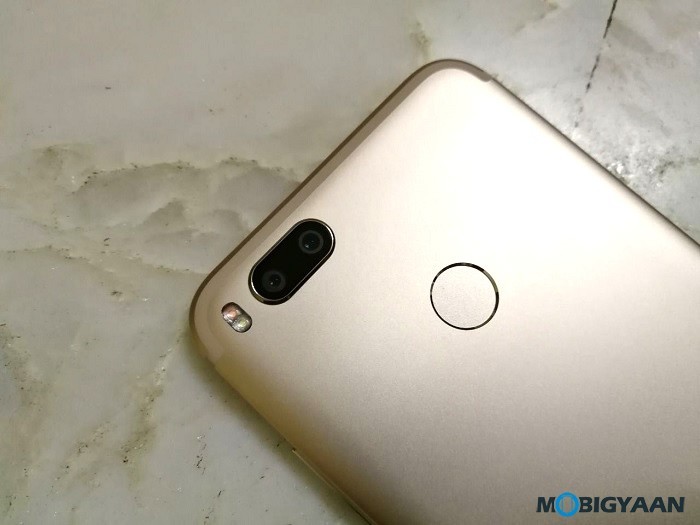
On the top side sits an IR Blaster for controlling any infrared enabled devices and a microphone. The bottom edge holds two grills out of which the right side is packed with a loudspeaker while the left one carries a microphone inside. More to it has a USB port with type-C and a 3.5mm headphone jack.
Display
The screen diagonal is 5.5-inch using full HD resolution. It is covered with a scratch-resistant Corning Gorilla Glass 4 with 2.5D curved edges. Although the screen seems promising, it’s not a high-end display that you’ll find in Mi 5 and Mi 6. The display quality is similar to a ₹9,999 Redmi Note 4 and more or less, this is good, if not great, for its pricing. The screen is reflective, sunlight visibility is adequate, that’s all Xiaomi has to offer. There is really nothing to complain in the display area, Xiaomi Mi A1 boasts a good display here.
For the display enhancements, you won’t have much control over the display settings apart from just the brightness, display and font size, and Ambient display. Since the software is not from Xiaomi, but Google, all you have is the stock display settings.
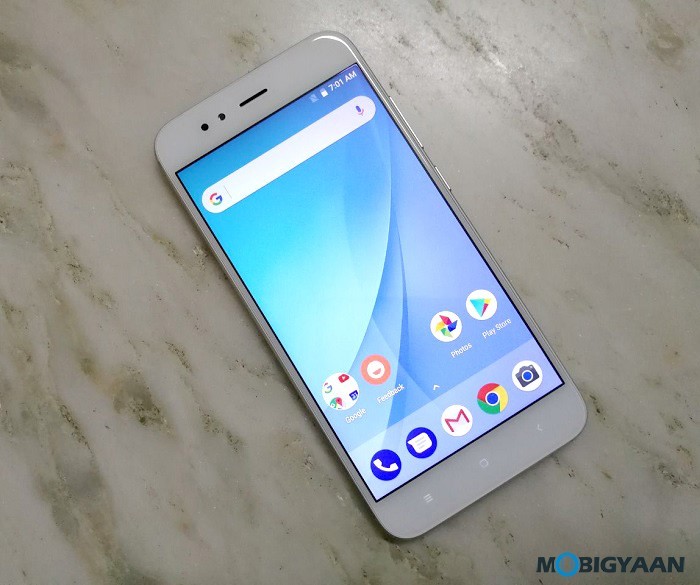
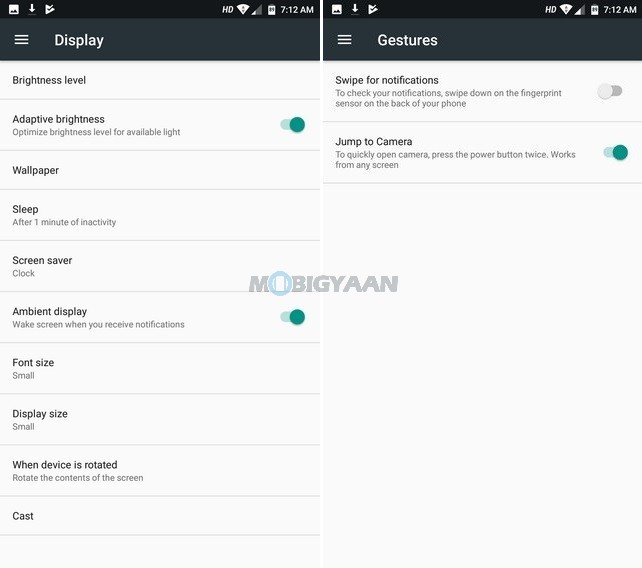
Software & User Interface
Here’s what’s the Mi A1 is built for, Pure Android with Mi camera app. It’s an Android One device and you can pretty much expect that it will ship with a stock Android interface as we know the fact that, the previous Android One devices came with stock Android.
It is worth mentioning that the device will be able to pick updates quickly since it is backed up by Google itself, currently, you will get Android 7.1.2 Nougat out of the box with a guaranteed update for Android Oreo by this year and being served as the first device to get the Android P update. We also believe that, in future, the device will receive Android Q. The latest security patch available on the phone is of 1st August 2017.
If you are familiar with MIUI, then the whole experience is about to change. The software ecosystem has been changed from MIUI to the Google’s Pure Android. That means, no apps from Xiaomi, everything you see is from Google, the Photos app, Google Play app store, the Homescreen icons, the Notification bar. What’s from MIUI is the camera and the IR Blaster app due to the hardware present on the phone.
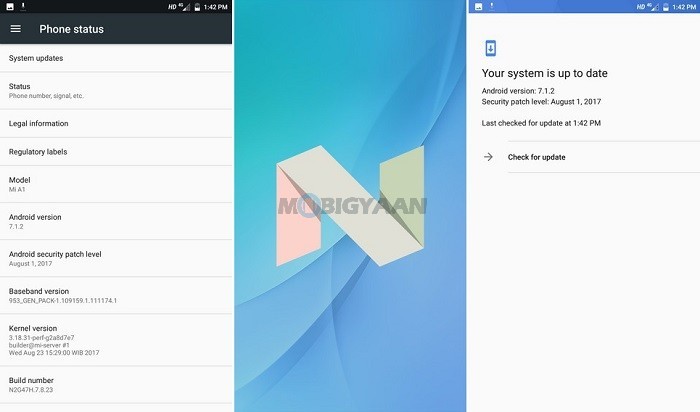
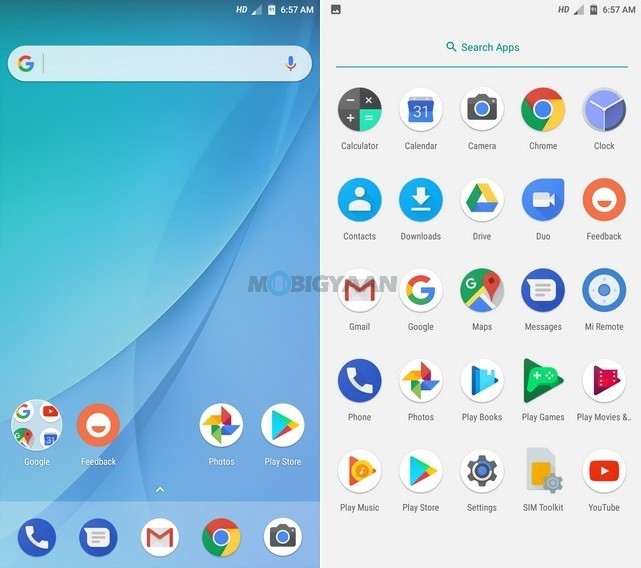
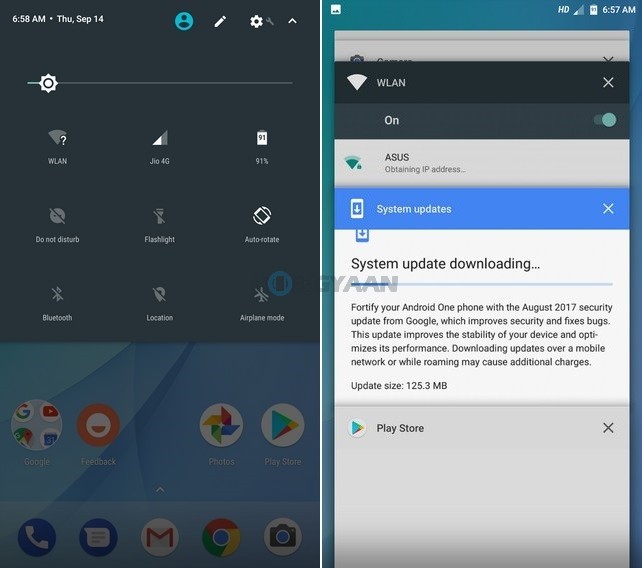
No lags found in the user interface, it runs very smooth and the feeling of a stock Android is just amazing on a Xiaomi device. The fingerprint scanner is fast, not the fastest, but works like a charm. It supports swipe gestures to bring down the notification panel.
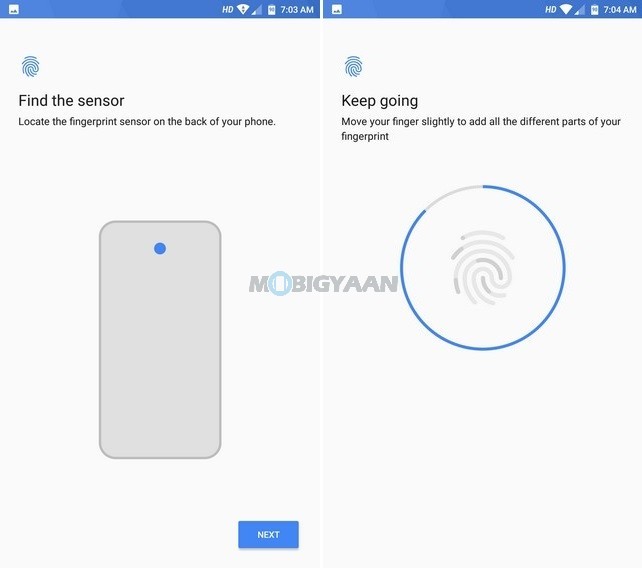
Hardware, Performance & Gaming
On the performance note, Xiaomi Mi A1 has received a midrange hardware that won’t let you down. The Mi A1 packs a Qualcomm Snapdragon 625 SoC with 4 GB LPDDR3 RAM and 64 GB eMMC internal storage. The SoC is been used in many smartphones including in its own popular Redmi lineup – Redmi Note 4. That’s enough for a smartphone that’s priced at ₹14,999.
The Snapdragon 625 uses 8 Cortex-A53 cores clocked at maximum 2.0 GHz along with a 650 MHz graphics processing unit. The performance is similar to Redmi Note 4, and Mi Max 2.
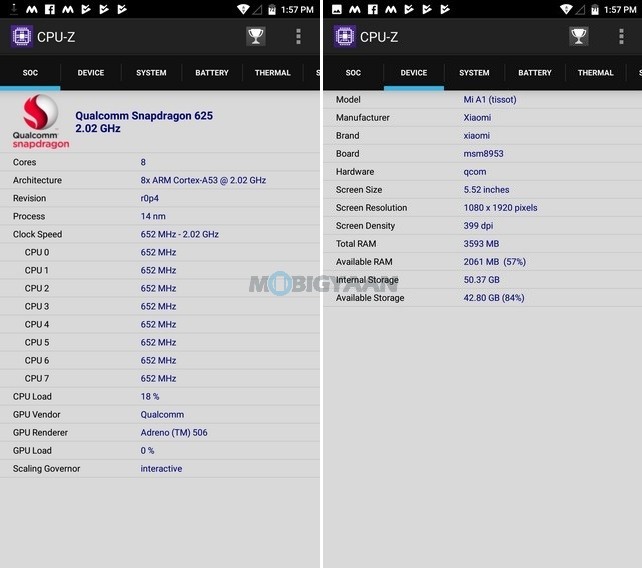
The benchmarks include AnTuTu with 60,527 points, Geekbench with 866 points (single-core CPU), 4,216 points (multi-core CPU), and GPU with 3,217 points. The Quadrant Standard Edition scored 25,158 points. The benchmark states the CPU is not really bad, there are a whole lot of smartphones with similar numbers in this price range.
AnTuTu Benchmark
- 60,527 points
Geekbench 4
- 866 points (single-core CPU)
- 4,216 points (multi-core CPU)
- 3,217 (GPU)
Quadrant Standard Edition
- 25,158 points
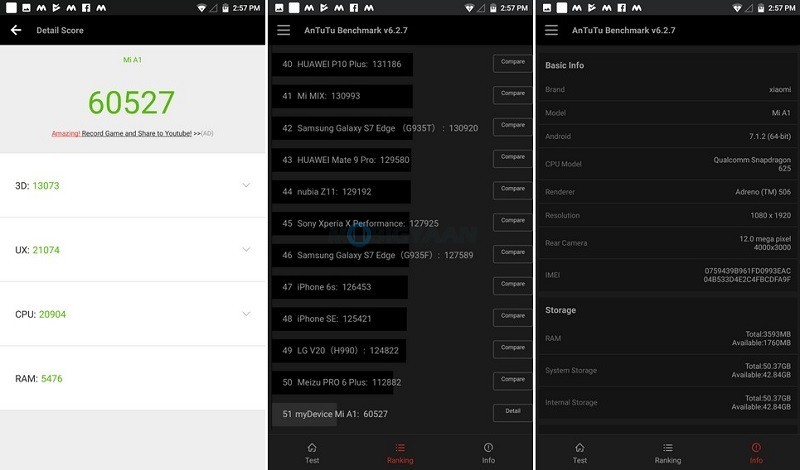
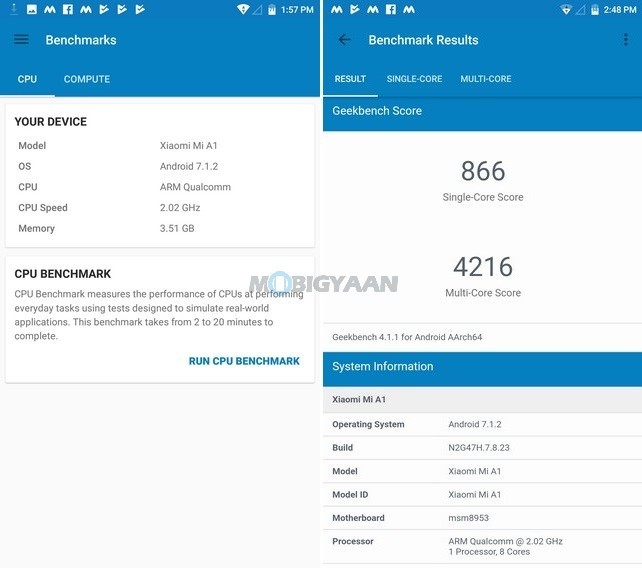
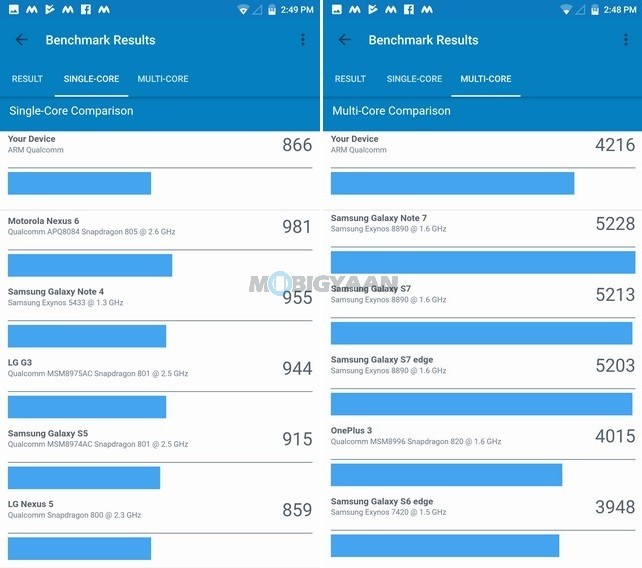
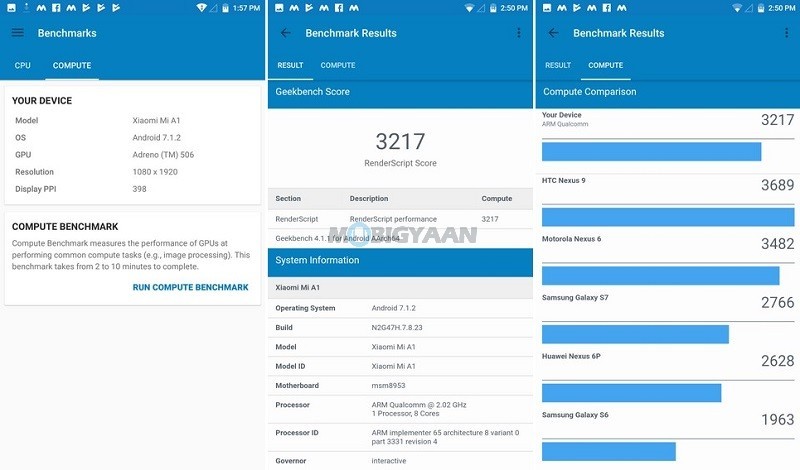
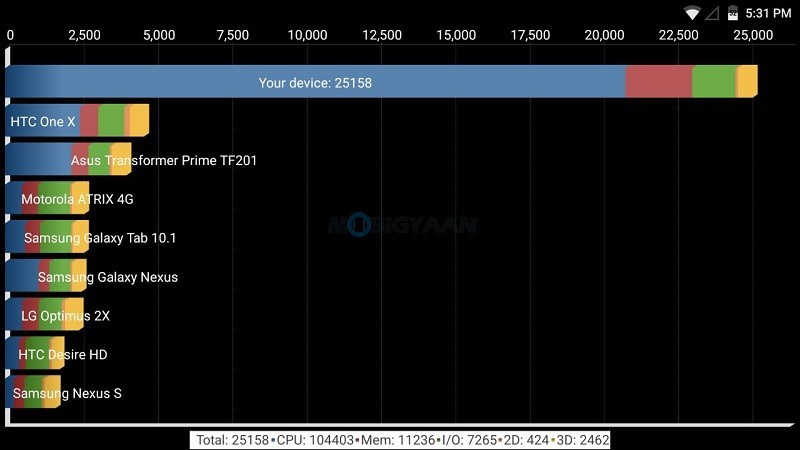
In terms of gaming, the Snapdragon 625 comes with Adreno 506 GPU which is enough for mainstream level gaming. Games like Snowboard Party: World Tour, Sniper, Ghost Warrior, Ballz, FZ9: Timeshift – Legacy of The Cold War, and Need For Speed: No Limits worked pretty well.
Games Tested on Xiaomi Mi A1
- Snowboard Party: World Tour
- Sniper Ghost Warrior
- Ballz
- FZ9: Timeshift – Legacy of The Cold War
- Need For Speed: No Limits
Storage & RAM Performance
Xiaomi Mi A1 has a 64 GB internal storage with microSD support up to 128 GB. Apart from the internal storage, it offers unlimited high-quality Google Photos storage. Check out the benchmarks of the storage, the numbers are amazing.
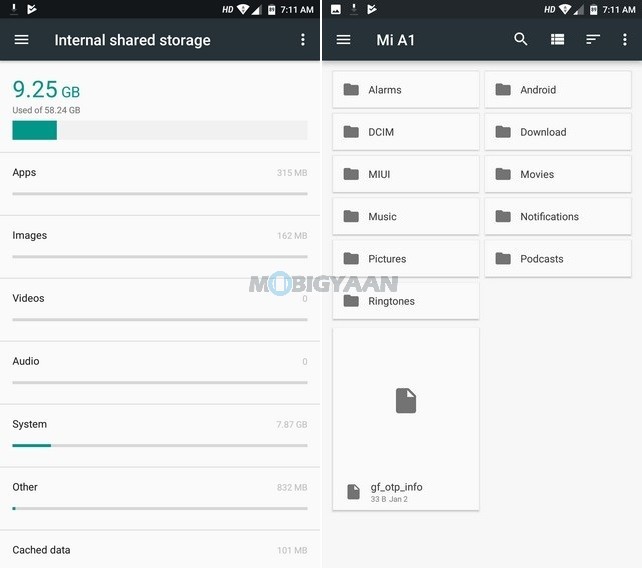
A1 SD Bench
- 212.38 MB/s (Read)
- 206.76 MB/s (Write)
- 5,429.53 MB/s (RAM Copy)
AndroBench
- 275.91 MB/s (Sequential Read)
- 201.83 MB/s (Sequential Write)
- 51.08 MB/s (Random Read)
- 14.86 MB/s (Random Write)
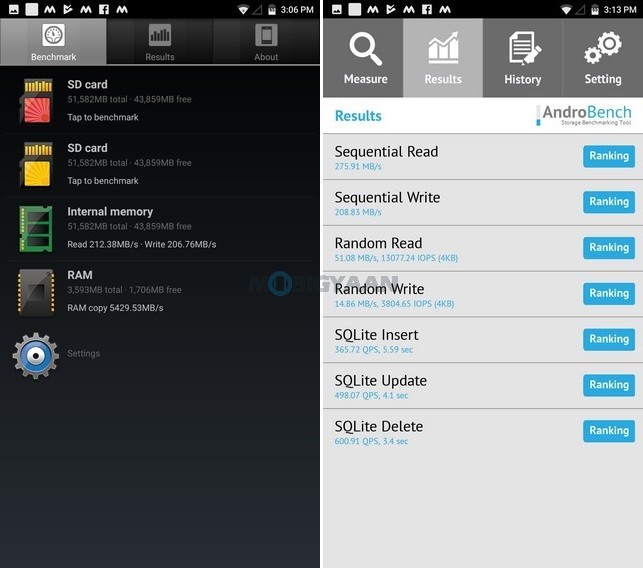
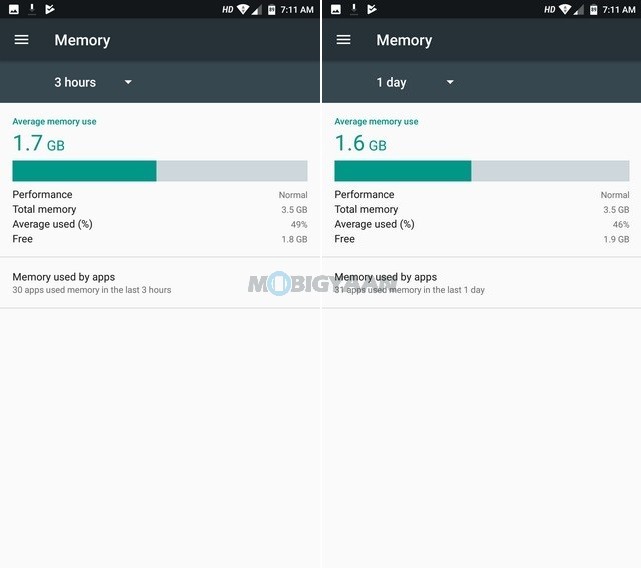
Cameras
The camera is the main highlight of the Mi A1. Having a dual camera means taking photos with bokeh effect which is now a popular thing among dual camera smartphones. There are two 12 MP cameras on the rear side, one is wide angle lens and other is a telephoto lens that works together to snap pictures with depth-of-field effects. Plus, the telephoto lens can zoom 2X optically.
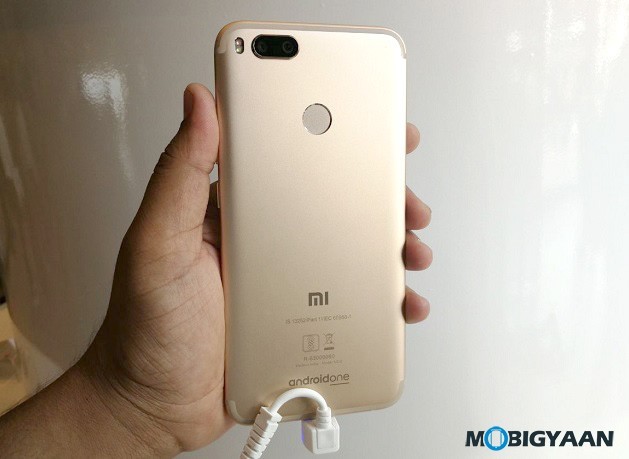
Xiaomi Mi A1 Camera Specifications
- Camera: Dual 12 MP + 12 MP
- Optical Image Stabilization (OIS): N/A
- Rear Flash: dual-tone LED flash
- Features: Portrait Mode, Geo-tagging, Tap to Focus, HDR, Panorama, Manual, Straighten, Beautify, HTT (Night Mode), Scene, Tilt-shift, Audio, Color Filters, Burst Shot
- Video Recording: 4K video @30fps, slow-motion 720p video @120fps
- Front Camera: 5 MP
- Video Recording: 1080p video @30fps
- Front Flash: N/A
Although there seems to be no wide angle lens, the Portrait mode zooms in the object, and the latter being treated as a wide-angle photo. The camera uses Beautify 3.0 facial retouching allowing to capture good portraits. The accuracy of snapping the portraits is good in the daylight, however, it struggles in the low light. You won’t be able to capture any good portraits in the low-light. You’ll get grainy photos and the flash doesn’t work with Portrait Mode.
On the other hand, the default camera is just above average, captures daylight photos good, not the best low-light images. Honor smartphones such as Honor 6X has a better camera overall. Here are some camera samples that will show you how the camera performs.
Xiaomi Mi A1 Camera Samples
Battery Runtime & Charging
The 3,080 mAh battery sounds mediocre as we have over 4,000 mAh battery capacity on other similar priced smartphones – Xiaomi Redmi Note 4, Lenovo K8 Note, Coolpad Cool Play 6. However, the battery performance in our test turns out to be excellent. The Mi A1 lasts 2 days on using the phone occasionally and that’s quite good for a mid-range device. We even managed to run the phone more than 3 days on minimal use. Since it’s using a 14nm Snapdragon 625, expect to run more than a day on a single charge for heavy use.
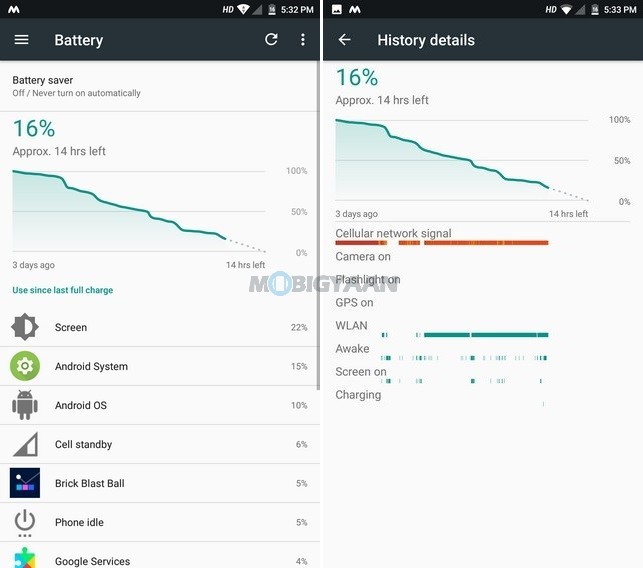
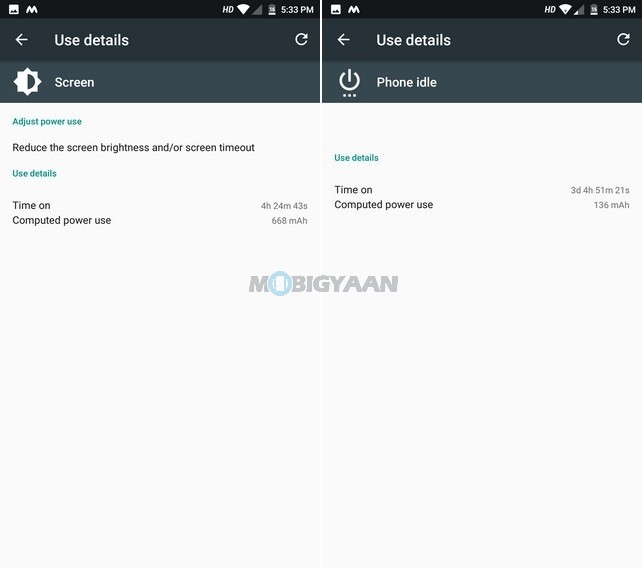
Xiaomi Mi A1 Battery Test Results
[table id=114 responsive=flip /]
Verdict
Xiaomi Mi A1 looks bold, the build is fantastic, plus it guarantees Android software updates. While MIUI has built up its name, Xiaomi users have to play with a new user interface. The camera is impressive in terms of taking portraits, performs well especially in the daylight, not the best in the low-light. For a price of ₹14,999, this is the best phone you can get, Xiaomi Mi A1 highly recommended.
Strength
- Solid Build, Light Weight
- Dual Cameras – Takes Impressive Portraits
- Stock Android Interface, Guaranteed Android Updates
- Unlimited Google Photos Storage
- Decent Performance And Battery Life
- Built-in Audio Amplifier
- MicroSD Support
- IR Blaster And USB Type-C
Weakness
- Weak Low Light Camera Performance

